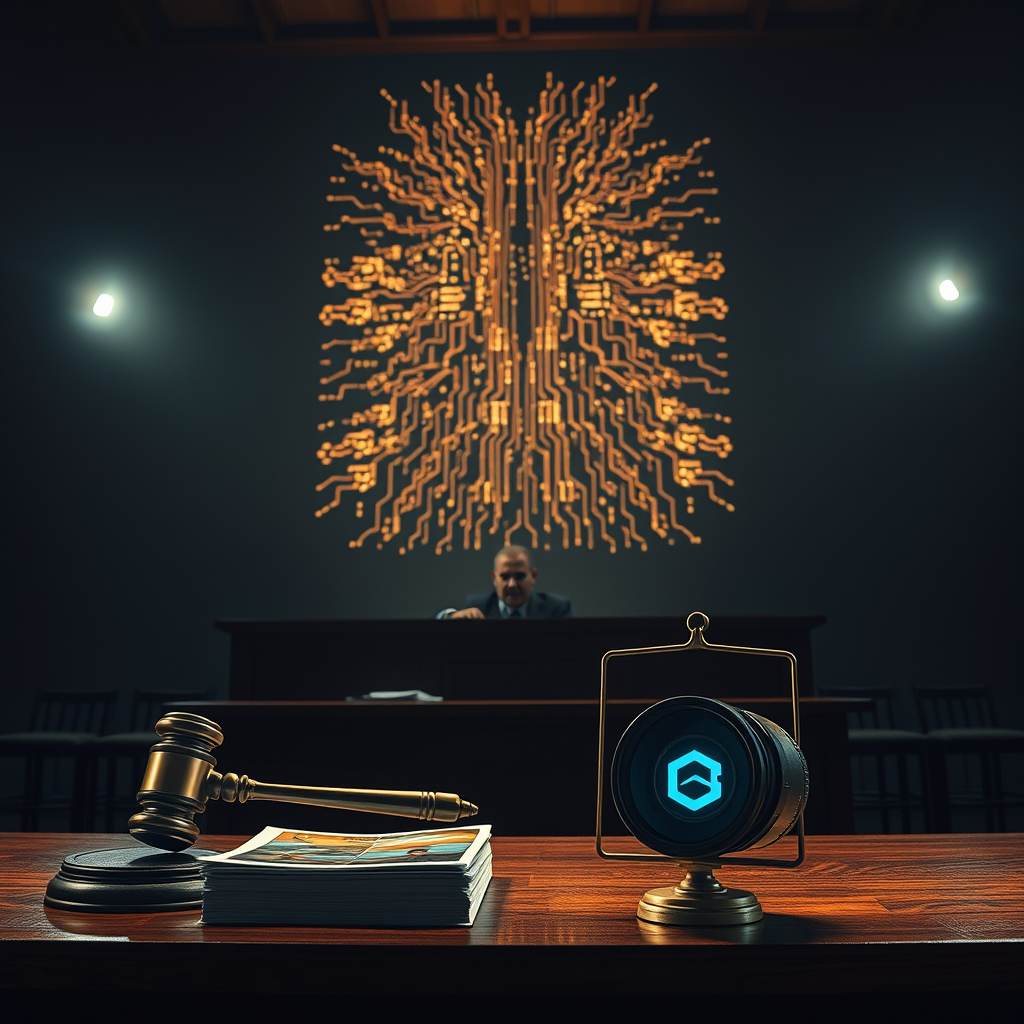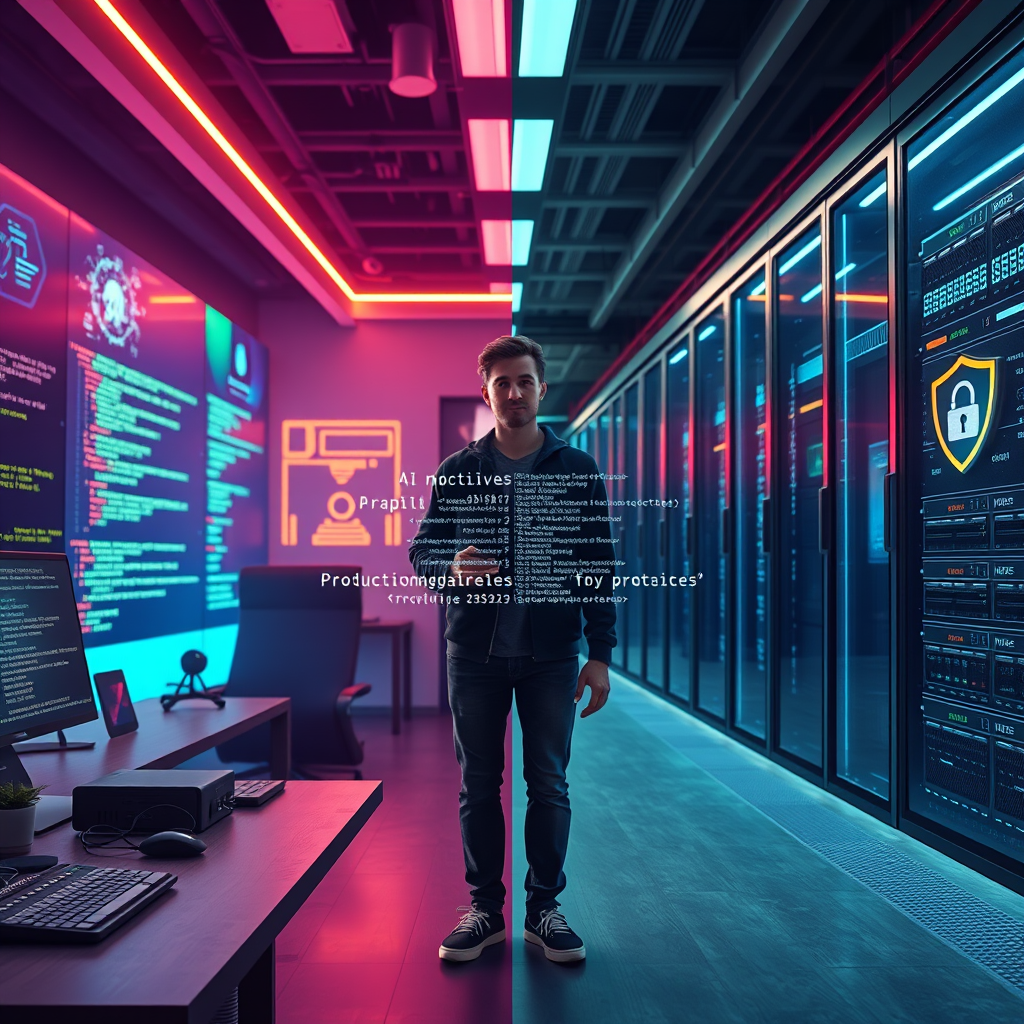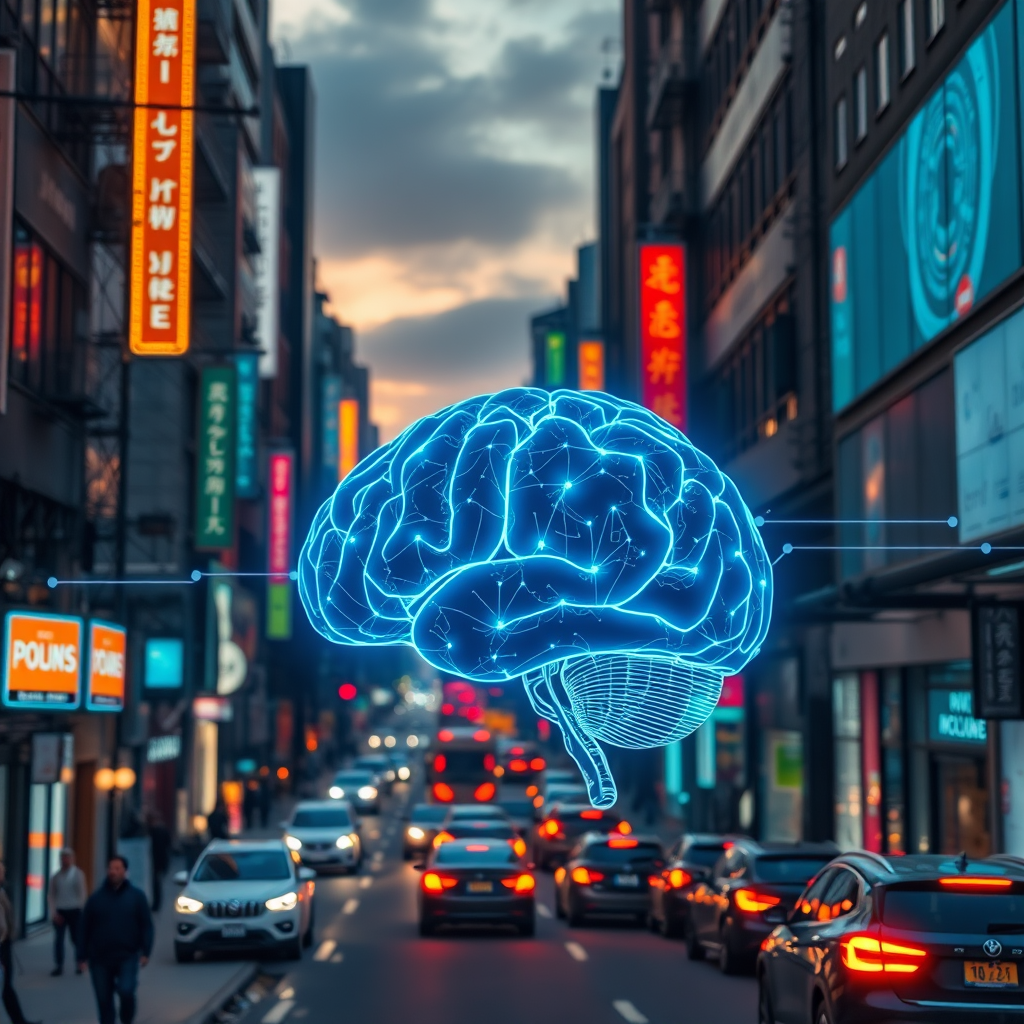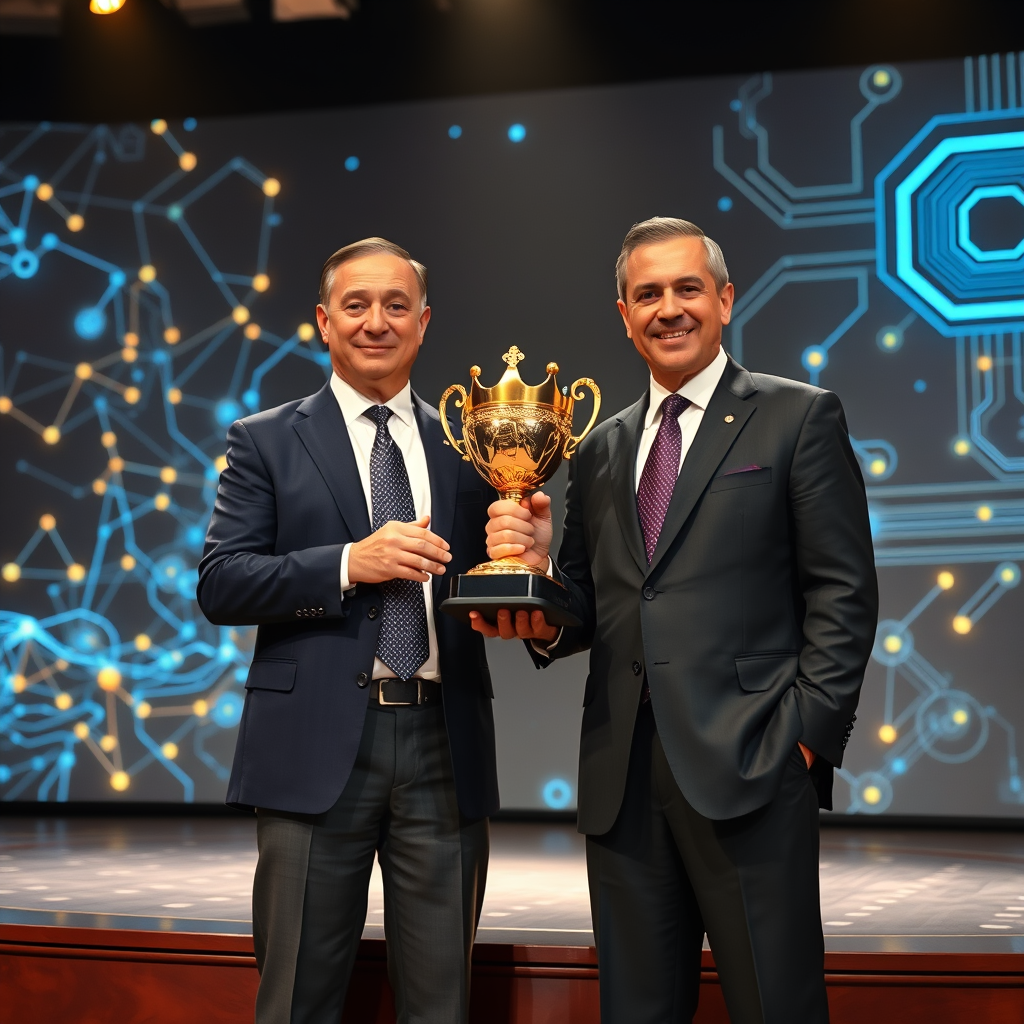
Introduction
The recent decision by a UK court in the case of Getty Images v. Stability AI has sent ripples through the creative community, the technology sector, and the legal landscape that governs intellectual property. Getty Images, a global powerhouse that licenses photographs and visual content, brought a lawsuit against Stability AI, the company behind the popular image‑generation model Stable Diffusion. The court’s ruling largely favored the plaintiff, underscoring the difficulties that content creators face when proving copyright infringement in the age of generative artificial intelligence. This outcome is not merely a legal footnote; it signals a turning point for how artists, photographers, and other creators protect their work when it can be replicated, transformed, or re‑imagined by sophisticated algorithms.
At its core, the case revolves around the question of whether the data used to train a generative model constitutes a direct violation of copyright law. Getty argued that Stability AI had incorporated its licensed images into the training dataset without permission, thereby infringing on the exclusive rights of the copyright holders. Stability AI countered that the model’s outputs were sufficiently transformative and that the training data was used in a way that fell under fair use or public domain provisions. The court’s decision, however, leaned heavily on the principle that the mere presence of copyrighted material in a training set can be deemed an infringement if the model reproduces or closely resembles the original works.
The implications of this ruling extend far beyond the specific parties involved. For creators, it highlights the precarious balance between fostering innovation and safeguarding intellectual property. For AI developers, it raises questions about the ethical sourcing of training data and the legal frameworks that must evolve to accommodate new technologies. In the following sections, we will unpack the legal reasoning behind the judgment, examine its broader impact on the creative economy, and explore practical steps that both creators and technologists can take to navigate this complex terrain.
Main Content
The Legal Landscape of AI Training Data
The legal debate surrounding AI training data has been a hotbed of discussion for several years. Traditional copyright law was designed for tangible works—books, photographs, music—where the creator holds exclusive rights to reproduce, distribute, and create derivative works. Generative AI, however, operates by learning patterns from vast datasets, often sourced from the internet, and then producing new content that may or may not resemble the originals.
In the United Kingdom, the Copyright, Designs and Patents Act 1988 provides a framework for determining infringement. The key elements include the existence of a copyrightable work, the unauthorized copying of that work, and the extent of similarity between the original and the alleged infringing copy. When applied to AI, the question becomes whether the model’s internal representations constitute a “copy” in the legal sense, and whether the outputs are derivative enough to trigger infringement.
The court in Getty v. Stability AI applied a two‑pronged test: first, it examined whether the training data included copyrighted images that were not in the public domain; second, it assessed whether the model’s outputs were substantially similar to those images. The court found that Stability AI had indeed used Getty’s licensed images in its training set and that the model produced outputs that were sufficiently close to the originals to constitute infringement. This approach aligns with the “substantial similarity” standard used in many jurisdictions, emphasizing the need for a clear, objective measure of copying.
The Burden of Proof for Creators
One of the most striking aspects of the ruling is the burden it places on content creators to prove infringement. In many cases, the sheer volume of data used to train AI models makes it difficult for a plaintiff to identify specific instances of copying. Getty, however, was able to provide evidence that its images were present in the training dataset and that the model’s outputs replicated key visual elements.
For smaller creators, replicating this level of evidence is far more challenging. They may lack the resources to conduct forensic analysis of training datasets or to trace the lineage of a particular image. Moreover, the legal process itself can be costly and time‑consuming, deterring many from pursuing litigation. The court’s decision, therefore, underscores the need for more accessible tools and legal frameworks that enable creators to protect their rights without disproportionate burdens.
Implications for the Creative Economy
The creative economy thrives on the ability of artists and photographers to monetize their work. When AI models can generate images that mimic the style or content of existing works, the incentive to produce original content can erode. The Getty ruling sends a clear message that the legal system is willing to hold AI developers accountable for the data they use, potentially curbing the unchecked proliferation of AI‑generated content that infringes on existing copyrights.
However, the ruling also raises concerns about stifling innovation. Developers argue that restricting access to training data could hamper the development of AI models that push the boundaries of creativity and utility. The challenge lies in finding a balance where creators receive fair compensation and protection while technologists can continue to innovate responsibly.
Practical Steps for Creators and Developers
For creators, the ruling highlights the importance of maintaining clear records of where and how their works are used. By documenting licensing agreements, usage logs, and any instances of unauthorized use, creators can strengthen their case if they need to pursue legal action. Additionally, creators can consider joining collective licensing organizations that monitor AI usage and provide legal support.
Developers, on the other hand, must adopt rigorous data‑sourcing protocols. This includes verifying that training datasets are composed of publicly available or properly licensed content. Some companies are already implementing “data provenance” systems that track the origin of each data point, ensuring transparency and compliance. Furthermore, developers can explore model architectures that reduce the likelihood of reproducing copyrighted material, such as techniques that encourage more abstract or generalized representations.
The Role of Policy and Regulation
Beyond individual actions, the broader policy environment will shape how AI and copyright intersect in the coming years. Policymakers are already debating updates to copyright law that would explicitly address AI training data. Potential reforms could include clearer definitions of what constitutes “copying” in the context of machine learning, or new licensing mechanisms that allow creators to monetize their works in AI training.
International cooperation will also be crucial. AI models are often trained on data sourced from multiple jurisdictions, each with its own copyright regime. Harmonizing these laws, or at least establishing common principles, could reduce legal uncertainty and foster a more predictable environment for both creators and developers.
Conclusion
The UK court’s ruling in Getty Images v. Stability AI marks a pivotal moment in the ongoing dialogue between creative professionals and the rapidly evolving field of generative artificial intelligence. By affirming that the use of copyrighted images in training data can constitute infringement, the decision places a heavier burden on AI developers to ensure that their datasets are ethically sourced and legally compliant. For creators, the ruling underscores the necessity of proactive measures—such as meticulous record‑keeping and collective advocacy—to protect their intellectual property in an era where the line between inspiration and imitation is increasingly blurred.
While the decision may deter some from pursuing litigation due to its complexity and cost, it also serves as a catalyst for broader reforms. As the legal and technological landscapes continue to evolve, stakeholders must collaborate to create frameworks that respect the rights of creators while fostering innovation. The outcome of this case will undoubtedly influence future litigation, policy debates, and industry practices, shaping the future of creativity in the age of AI.
Call to Action
If you’re a photographer, artist, or content creator who feels your work is at risk of being used without permission, it’s essential to stay informed and proactive. Join industry groups that monitor AI usage, keep detailed records of your licensing agreements, and consider consulting with legal experts who specialize in intellectual property and emerging technologies. For developers and tech companies, invest in transparent data‑sourcing practices and explore licensing models that respect creators’ rights. Together, we can build a future where innovation and creativity coexist harmoniously, ensuring that the fruits of human imagination are protected and celebrated.


